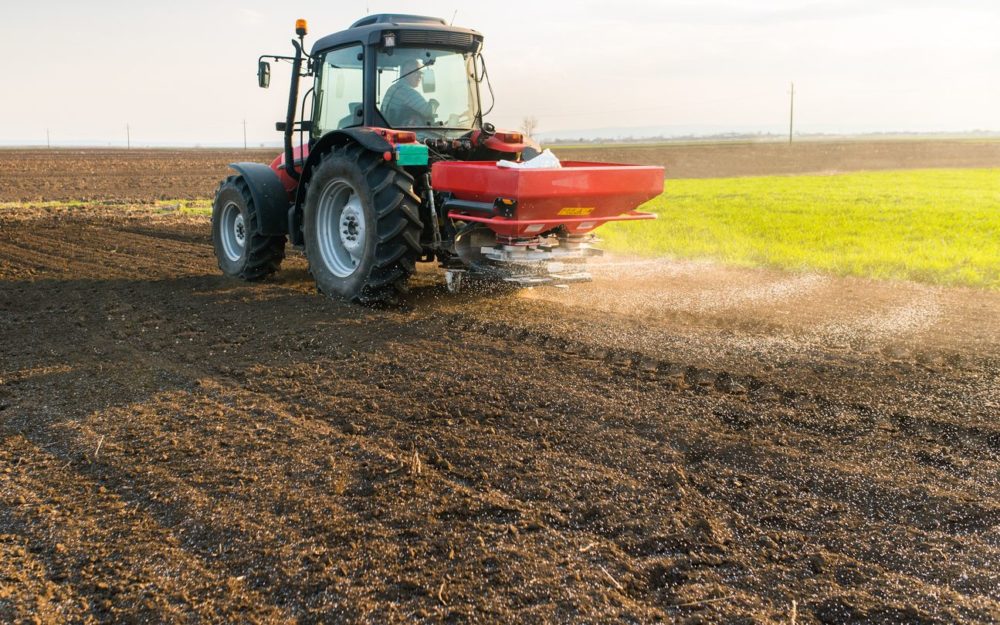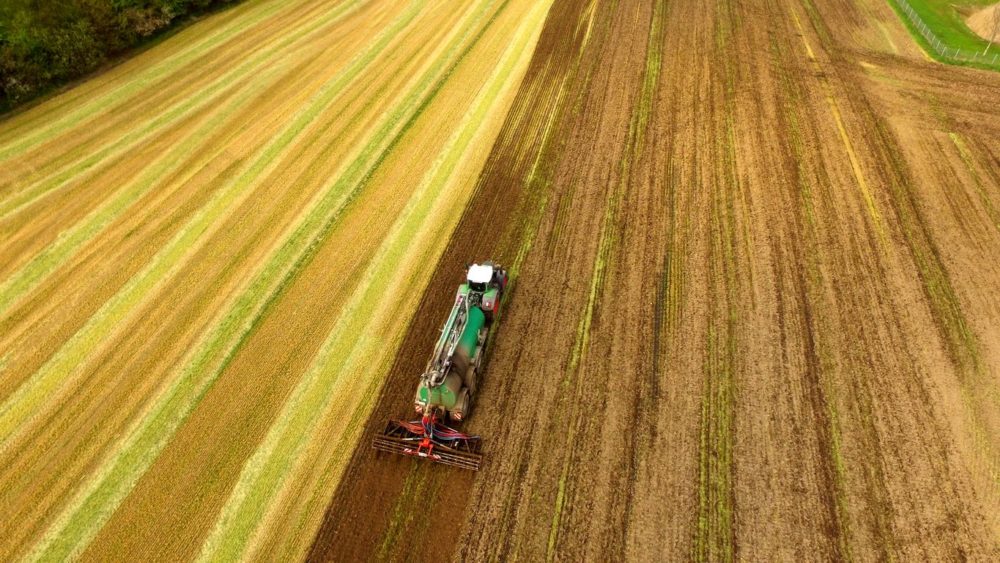The global food system’s 70 billion animals processed each year produce more than 3 billion tons of waste including manure and urine. Poor manure management practices mean that much of this waste winds up polluting ecosystems and becoming a biodiversity risk — not to mention an ESG risk for the companies producing the meat.
The FAIRR investor network has launched an engagement with 10 of the world’s most prominent chicken and pork producers to address this massive problem of manure management. Investors representing over $8 trillion in assets under management, including Robeco and Aviva Investors, will ask these companies to disclose “how manure gets managed across their supply chain.” Even more importantly, investors will ask what concrete actions these companies are taking to mitigate risks.
Background: problems with manure management
There are “clear and concerning” links between industrial food systems, poor manure management, and biodiversity loss. A new report from FAIRR outlines the issues:
- Manure contains valuable stores of nitrogen and phosphorus fertilizer, key nutrients plants need to survive.
- Unfortunately, storage, methane extraction, and composting manure require capital and other resources. The result is that manure is usually only transported a few kilometers from the livestock before being spread on crops.
- When manure is applied in incorrect quantities, crops cannot absorb all the nitrogen and phosphorus. Leaching occurs, and nutrient runoff becomes a pollutant to the soil, water and air.
- FAIRR notes that 50% of freshwater biodiversity loss is attributed to food systems.
- “More broadly, biodiversity loss can be among the principal impacts of far-reaching ecosystem degradation,” notes the report. Case in point: there are more than 400 eutrophic zones — aka “dead zones” — worldwide thanks to nutrient runoff.

Why it matters:
By 2030, the planet will generate at least 5 billion tonnes of feces each year, 79% of which is currently produced by livestock, according to FAIRR.
Such quantities of untreated manure, whether used as fertilizer or discarded, pose health risks for both people and the planet. Excess nutrients harm the soil and water sources and their ecosystems. They can also lead to things like groundwater contamination and degraded air quality for communities situated near factory farming facilities.
FAIRR’s report highlights a number of possible ways to improve manure management, from nutrient management plans to better storage.
One especially attractive solution is to create a “circular nutrient cycle,” which supports the movement of manure to nutrient-poor crop areas. Tyson Foods, for example, transports chicken manure from its Illinois River watershed sites to areas with a lower nutrient density.
This circular system could also help reduce some reliance on synthetic fertilizers, which is a particularly timely problem given the impact of the Ukraine war and general post-Covid supply chain woes on supply and pricing.
Whether such a system could work at scale is still somewhat up for debate, suggests Boucher.
“We’ve seen Smithfield doing something similar with an unlisted company, and we’re just wondering, is it a real opportunity?” he says. “Is this something that needs to be supported by the meat producers as part of their commitment to reducing waste and pollution? It’s a little bit unclear, but we think the potential is there at least.”
How the FAIRR engagement will work:
The engagement’s overall objective is to understand the biodiversity, climate, and social risks that happen due to manure mismanagement at all levels of the supply chain. According to FAIRR, that includes: “1) [companies’] own facilities, 2) owned or contracted farms, 3) upstream feed crops and 4) downstream once it leaves those facilities and farms.”
- The engagement is with 10 publicly-listed pork and chicken producers: Maple Leaf Foods, Tyson Foods, Seaboard Foods, Hormel Foods, Muyuan Foods, WH Group, Charoen Pokphand, BRF, JBS, and Cranswick.
- Two fertilizer companies, Darling Ingredients and Yara, will also participate, because their services include extracting and marketing nutrients from manure.
- The first phase of the engagement will ascertain these companies’ risk assessment processes and whether they have an action plan to address these risks.
- Companies will receive questions they can answer either in writing or in person when they meet with FAIRR investors.
- Any investor in the FAIRR network is invited to join these sessions.
- The engagement closes to new investors on October 21.

The broader engagement:
This engagement is part of FAIRR’s series targeting biodiversity. Specifically, FAIRR is looking at three key pillars of biodiversity loss: waste/pollution; land management and resource use; and land/sea use change.
As companies move to address these areas, there are transition risks as well as opportunities for investors.
“We’ve got the TNFD [Taskforce on Nature-related Financial Disclosures] coming up, which will be a framework for investors and companies to report what they see on nature and biodiversity and give them the opportunity to discuss the risks and opportunities they see in that space,” Max Boucher, senior manager, research & engagements at FAIRR, tells AFN. “It makes sense to have [these pillars] up and running in advance.”
FAIRR started with waste/pollution because it saw little activity from investors compared to the other two pillars.
“It made sense from also the angle of fertilizer point of view,” says Boucher. “If you think about the fertilizer costs right now, they are going through the roof [and] there is a global need to have more sources of fertilizer.”




